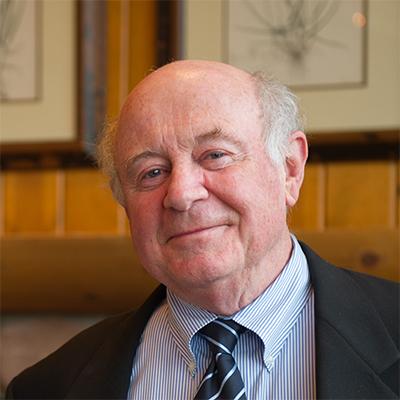Pundits on the left and right have criticized Laurene Powell Jobs’ new $50 million initiative to develop new high school models. Some say earlier efforts to create new models have been a bust, others say that the new models might be good but they can’t possibly survive in the harsh environment of public education.
But, it’s not the case that past efforts to create a new supply of high schools have failed; successes just haven’t been frequent or widespread enough to serve all the students who need better high schools. In the past two decades we have learned a lot about how to create a supportive environment for innovative public high schools. The Jobs initiative can succeed by learning from past efforts.

New High School Models Haven’t Been a Bust
Strong high schools can be life-changers for disadvantaged youth. But historically, transformative schools have roots in religious or other value systems, and well-established communities of teachers, parents, and alumni. Starting in the 1990s, educators and philanthropists tried to greatly expand the numbers of such “coherent” schools by accelerating what had previously been a long, organic process. (See our recent paper, The Case for Coherent High Schools.) The core of that effort has been the development of models—essentially blueprints for educators to follow—creating new schools that combine rich instruction with supportive, motivating cultures.
By all odds, the most successful model-based high school reform initiative of the last 15 years is New York City’s Small Schools Initiative. A series of studies using the “gold standard” randomized control methods has shown that New York’s new small high schools are highly effective at raising student test scores and graduation rates. Though the schools follow different designs, they have features in common—based on clear models that guide collaborative practice, academic rigor, personalization to students’ individual needs, and staffing by teachers and administrators who share a commitment to continuous improvement. As always, teachers are the core ingredients. They have to be motivated and prepared to work differently if a new model is to work.
KIPP and other charter management organizations (CMOs) like YES Prep and Mastery Prep have also produced impressive outcomes for at-risk high school students. These organizations differ in many ways, but like the New York City Small Schools Initiative, their models include rigor, personalization, and close teacher collaboration.
Some of the most recently developed high school models now use online “playlists” of instructional materials that allow students to navigate and learn content at their own pace. Such models also personalize education through intensive advising, collaborative project time, and opportunities for out-of-school learning. Schools run by Summit Public Schools, a CMO that uses such a model, consistently rank in the top 20 percent of public high schools in California.
For Good Models to Thrive, Districts Must Change
These results didn’t just happen. They required innovations at both the school and system levels. District and CMO leaders carefully selected principals, then put school leaders in charge of staff hiring, teacher training, and spending decisions. Because the new schools were different, both from one another and from traditional schools, parents have been free to choose.
It is true that in the past a lot of schools based on new designs lasted only a little while before their edges were buffed off or their defining features compromised. Resistance from teachers who do not want to change the way they work, or from school boards fearing complaints that students in one school don’t have access to experiences offered in another, forced a lot of compromises. (See Donna Muncey and Patrick McQuillan’s Reform and Resistance in Schools and Classrooms.)
Chartering of schools is the surest mechanism for matching autonomy, family choice, and performance accountability. However, districts can also provide the freedoms schools need to become and stay coherent by making specific agreements with schools, or by adopting district-wide policies based on school autonomy and performance-based accountability. We have written extensively on how this can be done via a local portfolio strategy. (See Strife and Progress: Portfolio Strategies for Managing Urban Schools.)
Philanthropies sponsoring school design initiatives can protect schools’ freedoms by making demanding bargains with local school boards and charter authorizers. Real contracts publicly endorsed by the school boards, not simply feel-good statements made by a superintendent hoping to land a grant, are necessary.
The Bill & Melinda Gates Foundation had great success in New York City where governance reforms supported school coherency. More recently, the Carnegie Corporation of New York got commitments from Denver, Providence, Cleveland, and other urban districts to protect new high schools’ freedom to differ from the local norm and fully implement innovative designs.
This is just the right time to start developing and trying out new models that personalize instruction, motivate kids, and prepare them for careers in a world that will always be hungry for smart people. Ms. Powell Jobs’ new initiative is sorely needed, and it is in a unique position to learn from the successes and failures of past efforts.



